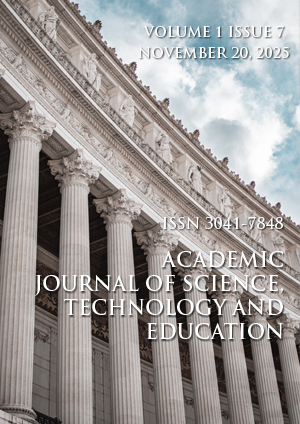Abstract
Iron deficiency represents the most prevalent micronutrient disorder affecting the pediatric population worldwide, with children in the first year of life constituting a uniquely vulnerable group. The profound physiological demands of rapid growth, expansion of blood volume, and neurological development during infancy create a precarious balance between iron supply and requirement. This period is characterized by a distinct and often insidious clinical course, where the classical signs of anemia are preceded by a critical latent stage of deficiency with significant functional consequences. The features of iron deficiency in infancy are marked by non-specific manifestations that can easily be attributed to other common childhood ailments, thereby delaying diagnosis. Furthermore, the risk factors for its development are multifaceted, originating from prenatal, perinatal, and postnatal influences. A comprehensive understanding of these risk factors, including maternal iron status, perinatal events such as cord clamping, and postnatal feeding practices, is paramount for developing effective preventive strategies. This article delves into the peculiarities of how iron deficiency conditions manifest in infants, emphasizing the continuum from depleted iron stores to functional iron deficiency and ultimately to overt iron deficiency anemia. It also provides a detailed analysis of the modifiable and non-modifiable risk factors that predispose this fragile population to nutritional iron deficiency, underscoring the imperative for vigilant screening and proactive nutritional management from the prenatal period through the first twelve months of life.
This work is licensed under a Creative Commons Attribution 4.0 International License.
